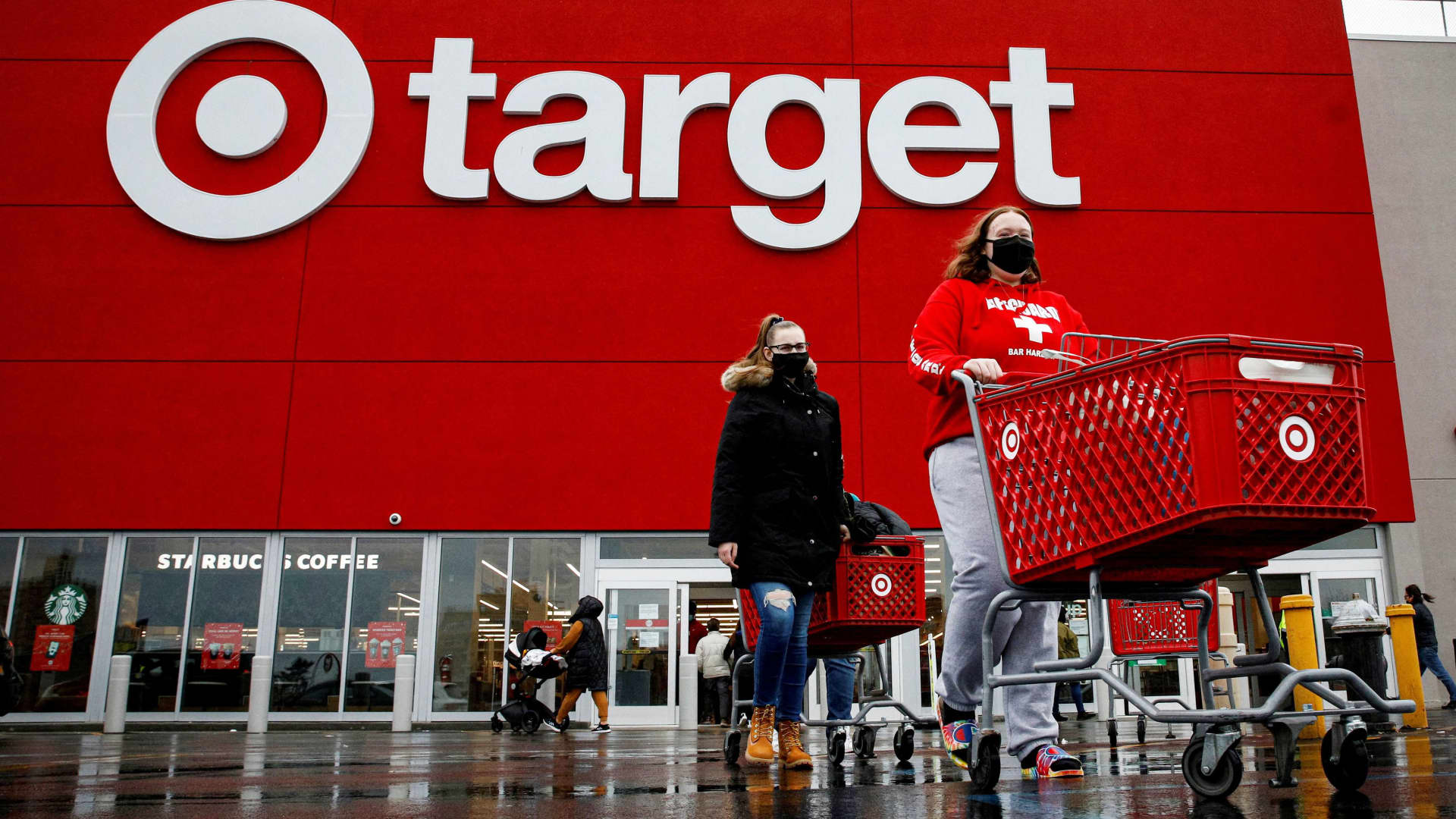Target and Microsoft may be just the beginning of a worrisome earnings trend


Target is unlikely to be the only company with a bullseye on it during the upcoming earnings season. The retailer Tuesday warned for the second time in less than a month that its profits would take a hit from an inventory glut. The new guidance comes just days after Microsoft , in another high profile warning, said its revenue would be softer than expected due to unfavorable foreign exchange rates. Strategists say they expect to see more companies issuing profit warnings. There will also likely be more companies falling short of estimates, once quarterly reports start coming out in July. “Companies are going to have to start guiding lower and more conservatively. The input costs and other issues they have aren’t dissipating yet,” said Brian Rauscher, head of global portfolio strategy at Fundstrat. “You have interest rate pressures. You’re going to have the dollar. Unless you’re very clear on your visibility on your end demand, it’s a very uncertain time.” In its update Tuesday, Target said profits would be pressured by efforts to aggressively clear shelves of unwanted products. Less than a month ago, Target had surprised investors with an earnings miss and reduced its earnings forecast. Inventories at some retailers have been building, as consumer demand shifted to different categories as Covid cases fell and consumers returned to social events and other activities. Higher costs are also playing a role, especially as consumers are pinched by record high gasoline and rising food prices. “I think what is happening is we are seeing inflation beginning to impact certain portions of the market in terms of their margins,” said Patrick Palfrey, Credit Suisse senior equity strategist. “We’re seeing revenue revisions moving higher. Up until the last couple of weeks, earnings revisions were moving higher as well, but at a slower pace. And now what we’re seeing is margins starting to move down.” Closely watched by investors, margins are simply the difference between the money a company brings in and what it spends. Palfrey said he expects to see a greater bifurcation around margins. “I would imagine companies with greater margin momentum have greater operating leverage, and they’re benefiting from underlying trends,” he said. “I do think companies that have less margin momentum are susceptible to margins going negative and are susceptible to a deceleration of their businesses.” Palfrey said the second-quarter earnings revisions have been most negative for consumer discretionary and communications services companies. Since the start of the year, about 35% of the S & P 500 companies have had positive earnings revisions for the second quarter. The earnings forecasts for companies in the index increased by an average 0.3% for the second quarter since the start of the year. That contrasts with just 9% of communications services companies seeing improved outlooks for the second quarter. As for energy, about 86% of companies saw earnings estimates for the second quarter rise by an average 88.3% this year, according to Credit Suisse. About 50% of materials companies saw estimates go higher for the quarter, by an average 15%. Palfrey said he expects second-quarter earnings to grow by just 5.2%, less than half the 11.7% growth in the first quarter. But he does see a rebound to a 10.6% gain in the third quarter. But strategists warn that analysts have not been adjusting numbers down that much, and the stock market will react negatively to a spate of warnings and misses. “I think companies are going to see continued margin pressures. Companies that are going to see margin pressure are going to get punished for it,” said Palfrey. “What it comes down to is management’s ability to navigate the current environment.” Credit Suisse rated companies in the S & P 500 based on their margin momentum. Among those with positive momentum were companies like Chevron, Deere, Honeywell, J.B. Hunt and 3M. Stocks with low margin momentum versus the S & P 500 include Walmart, Amazon, Ford, Colgate-Palmolive and Starbucks. Strategists say there are many wild cards in the economy that will impact the profit outlook, including the rising price of oil and energy. “The dollar represents an incremental headwind to companies, not a huge one but nonetheless something companies are going to focus on, particularly for companies that don’t have pricing power and can’t pass on efficiently or effectively the higher input costs,” said Palfrey. “Energy companies and material companies are better at passing that through, but technology companies don’t have the same ability to pass through.” Rauscher said he expects to see a pick up in pre-announcements next week and into July. He said he expects a large percentage of companies will continue to beat expectations in the second quarter, but like the trend that started in the first quarter, they will also share a more negative outlook. He expects to see a deterioration in profits as companies respond to headwinds in the economy, but how deep and quickly is not clear. He said the 15% increase in the dollar is not factored into earnings yet for many companies with overseas sales. “What does corporate America do and what do the analysts do?” Rauscher said. “Is it a slow bleed or is it something that’s going to happen during the summer months where everyone wakes up and starts to lower their numbers?That’s what I’m unsure about.” He notes that that data on the consumer has been mixed. “The Fed is tightening. That’s not going to make consumer spending get better. … Crude is elevated. That filters through into a host of other things from gasoline prices to energy bills to heating,” said Rauscher. “Unless crude fell $30, and we could change this dynamic, the consumer is only going in one direction — it’s flat to down in my opinion.” He said not all retailers are facing the problems Target has experienced, but he noted that Walmart has already commented about similar issues. This post has been syndicated from a third-party source. View the original article here.




